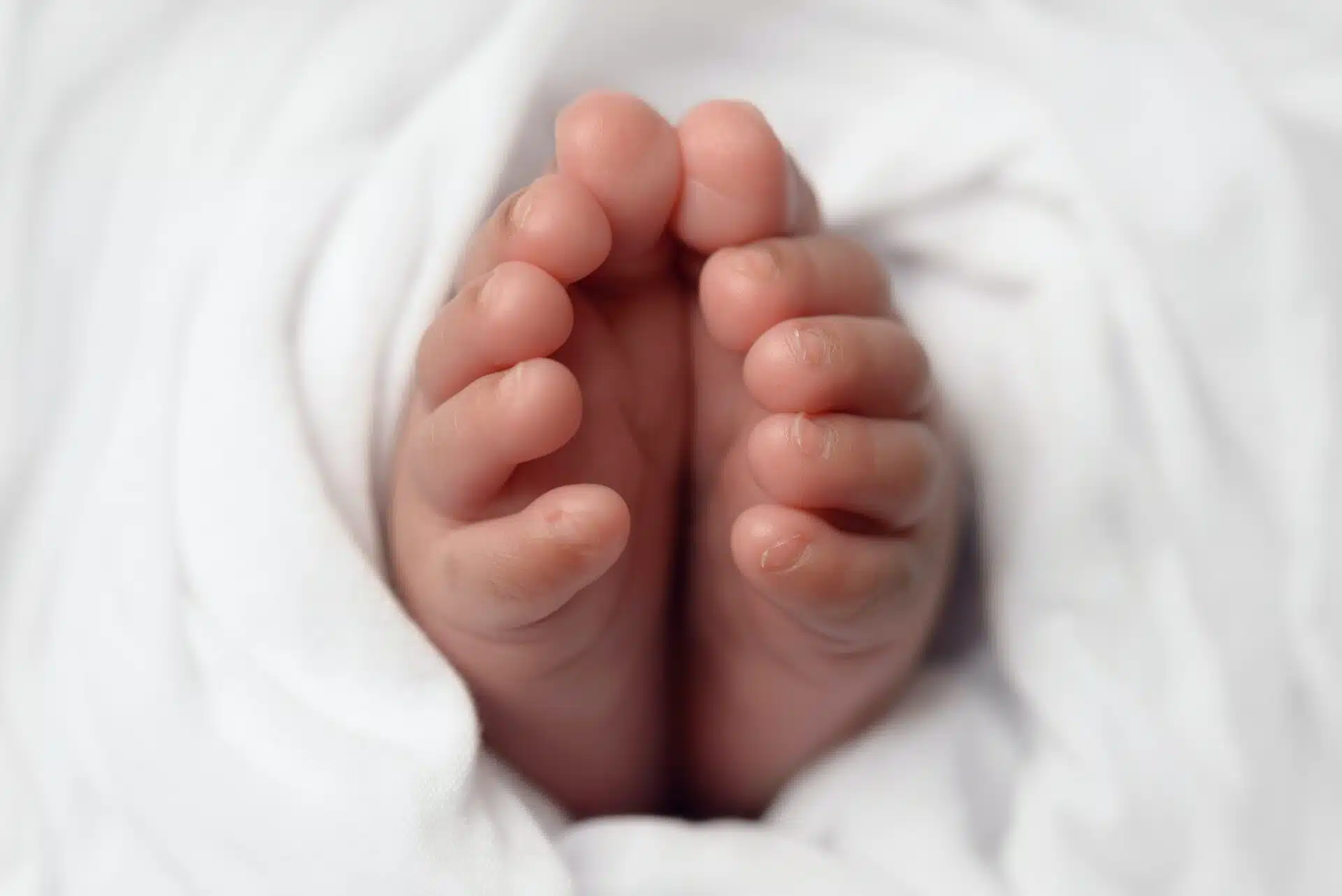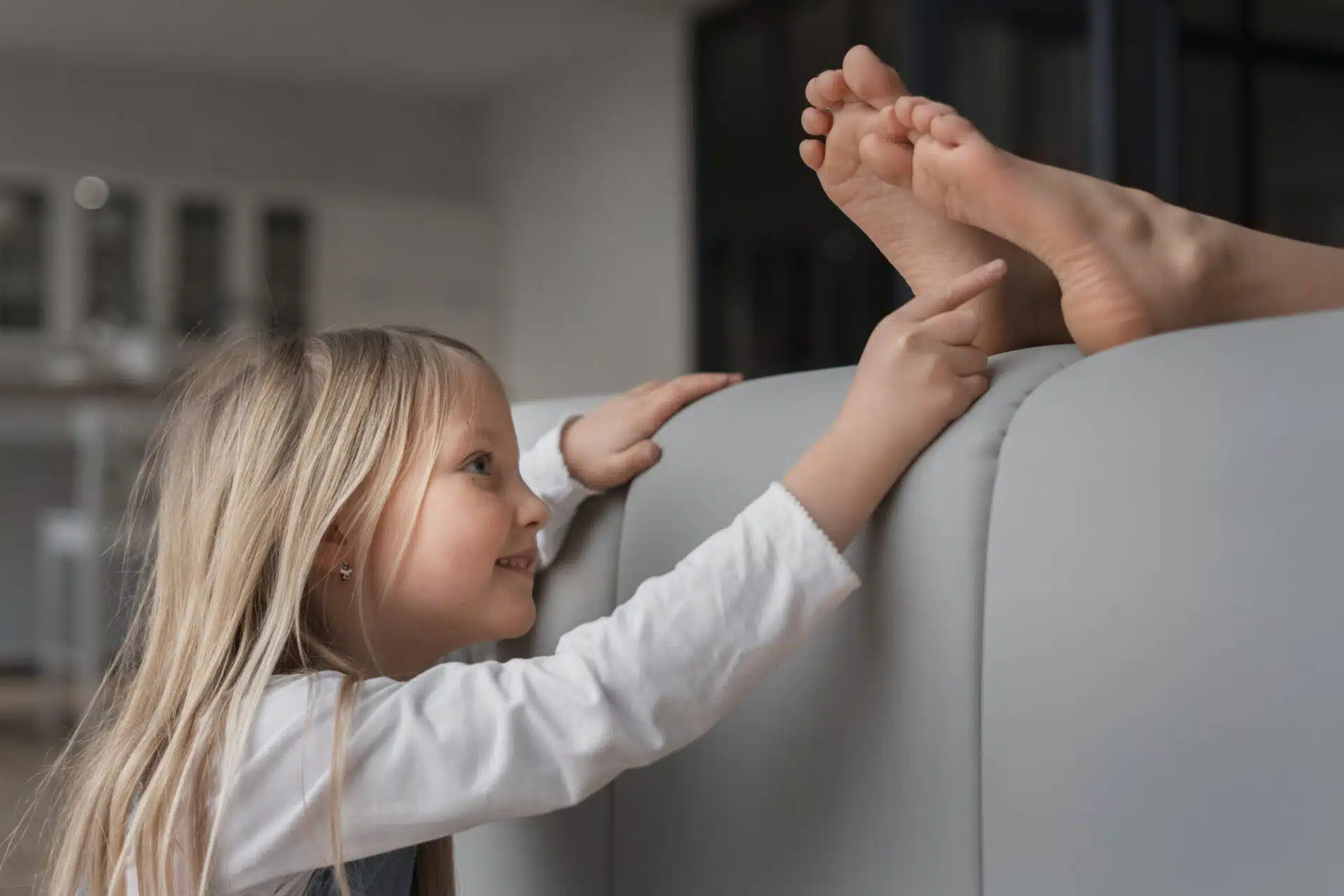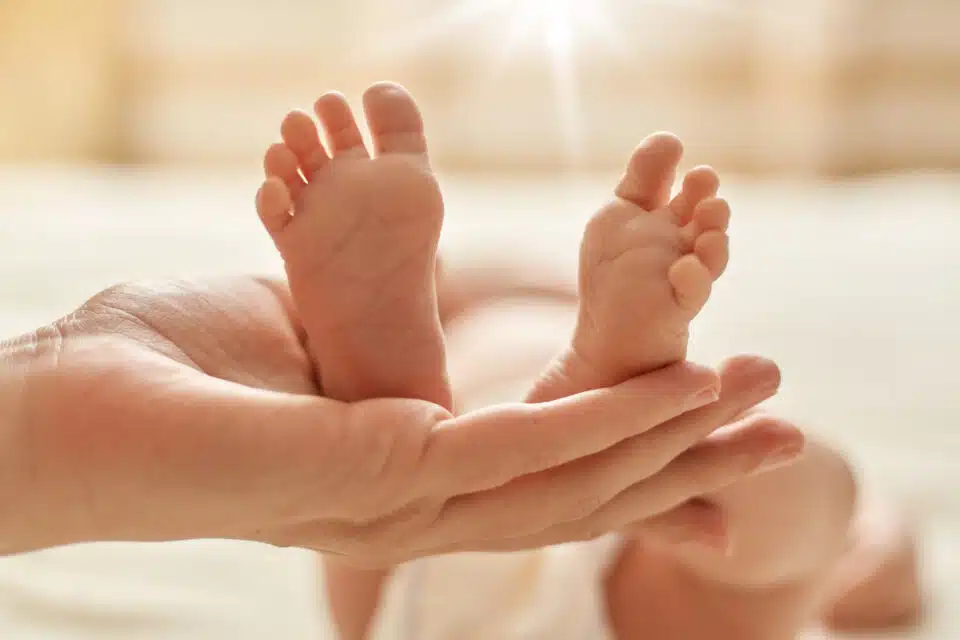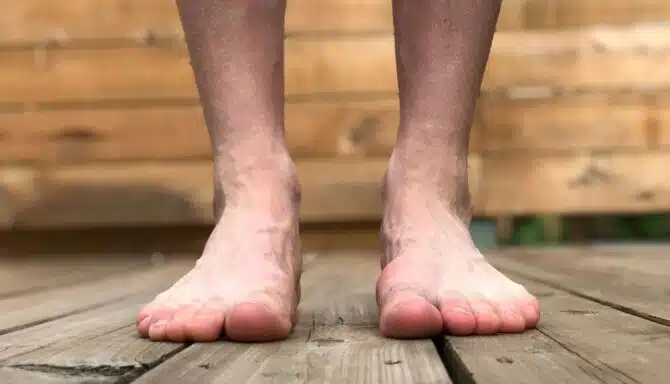Polydactyly is a rare genetic foot condition that causes a sixth toe (and toenail) to grow as the last toe on the foot, next to the pinky toe. However, the sixth toe can sometimes be in the center of the toes or next to the big toe. The sixth toe is often called a digit (dactyl), with “poly” referring to “many.”
Today we’re going to answer all your questions regarding this rare condition, including:
- What are the causes of polydactyly?
- How does polydactyly affect foot health?
- How can you manage polydactyly?

Causes of Polydactyly
Polydactyly is more common in children. This is because many adults will have had the sixth digit removed during their toddler years. Outside of genetics and genetic diseases, there are no known causes. A child can also be born with a sixth digit for no reason.
How Does Polydactyly Affect Foot Health?
Polydactyly does not usually cause foot pain.
As far as toe conditions go, the main issue is finding accommodating footwear. Patients may need to search for specialized shoes and medical shoes. The emotional toll a condition like polydactyly can take on a person may be more pressing than the physical toll, and can lead to self-esteem issues.

How to Manage Polydactyly
Managing polydactyly often involves simply removing a child’s sixth toe.
Many sixth digits develop poorly and don’t look the same as other toes and fingers. These are generally removed via in-office excision (more common for extra fingers) or surgery under anesthesia (more common for extra toes).
If parents of children with a sixth digit wish to remove it, they should seek surgical intervention when the child is around one or two years old. This allows the bone to grow to the point where the cosmetic outcome is more favourable. This is also a good age since your child will likely not recall having this problem later in life and, according to Boston Children’s Hospital, can tolerate anesthesia more than an infant.
Children who’ve had a sixth toe removed should get regular chiropody care after they recover from surgery. If you’ve had a sixth toe removed as a child, you should also seek regular chiropody care into your adult years. Services like gait analyses, custom orthotic fittings, callus and skin care, and more can ensure foot health is on the right track.











